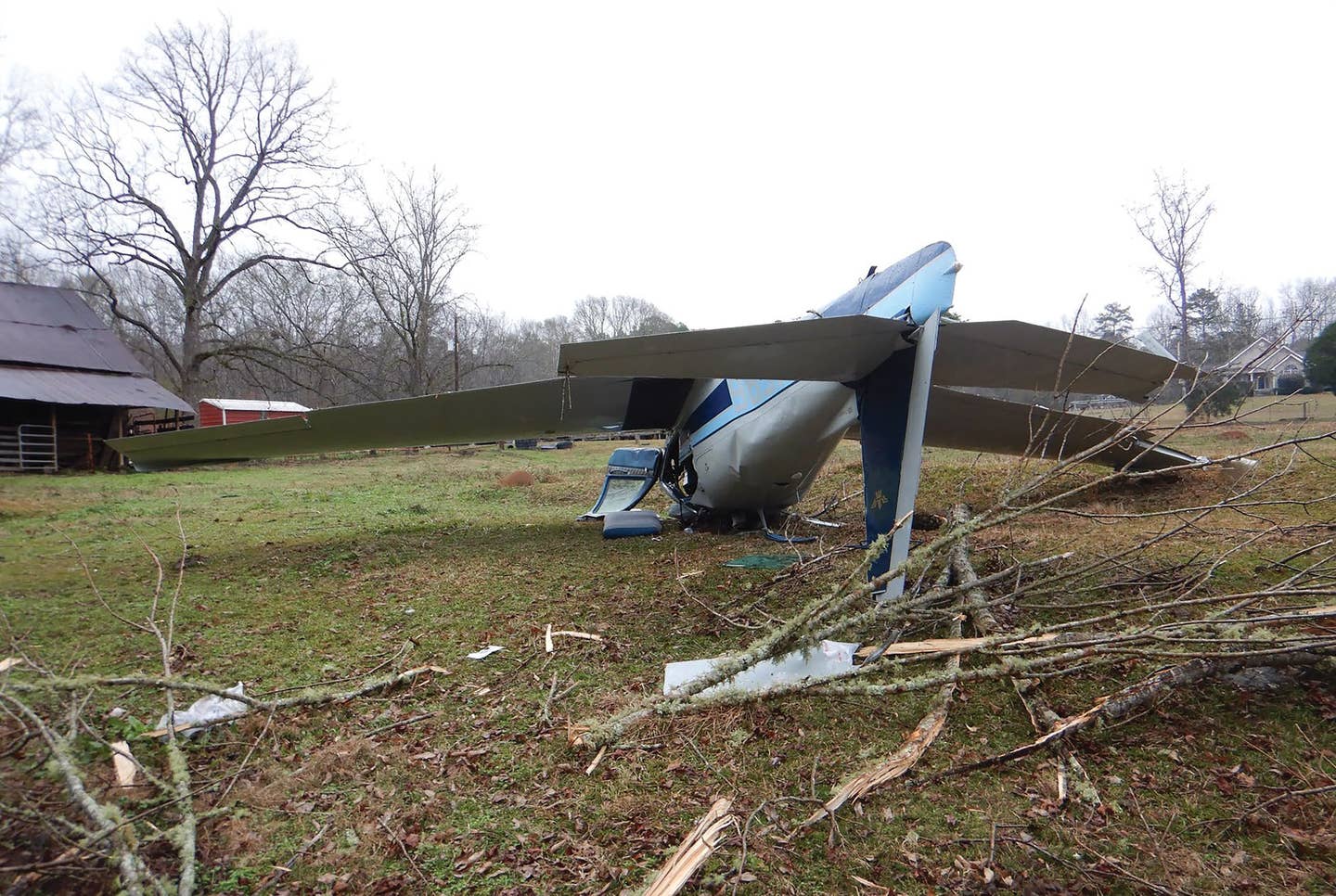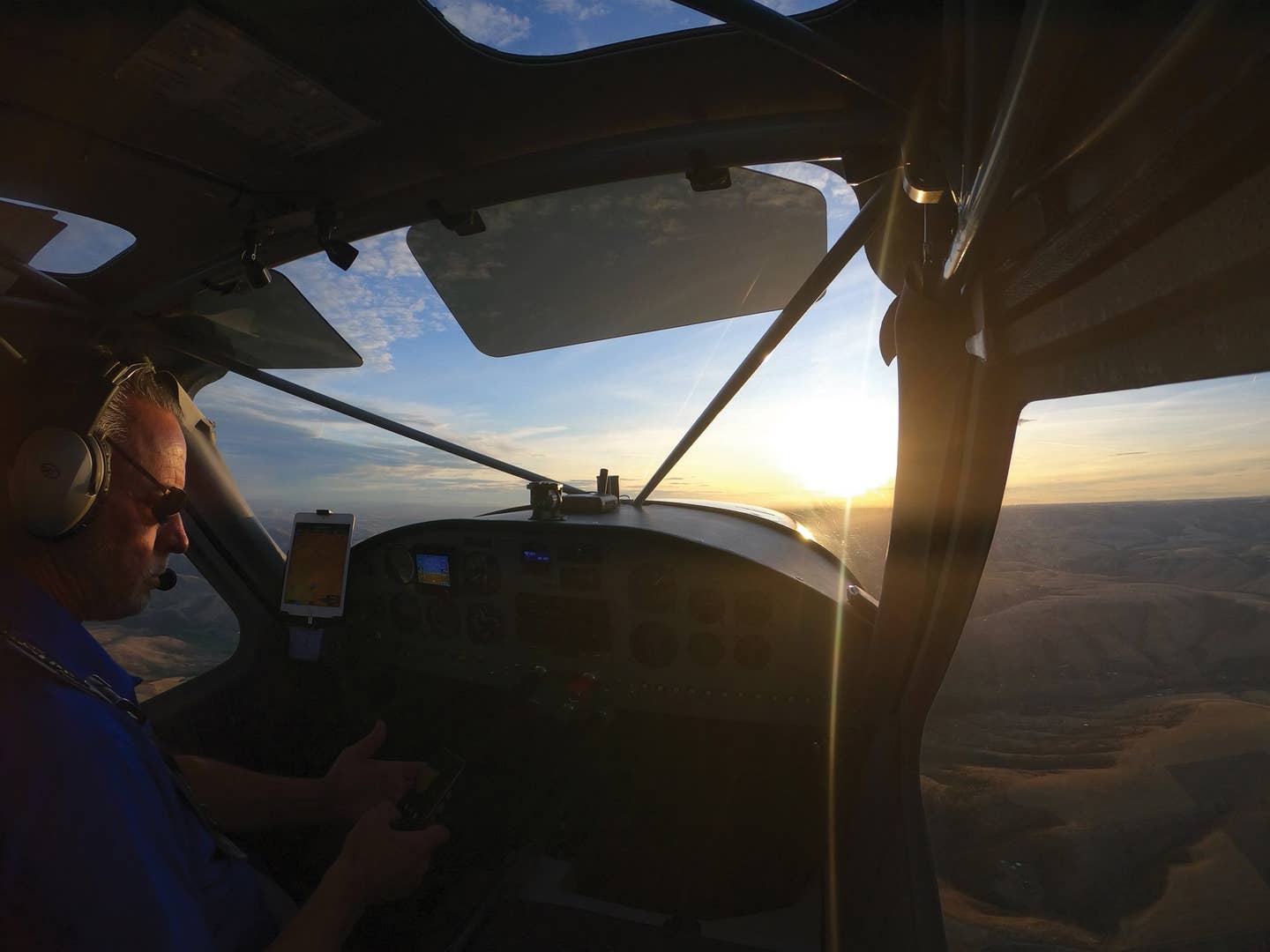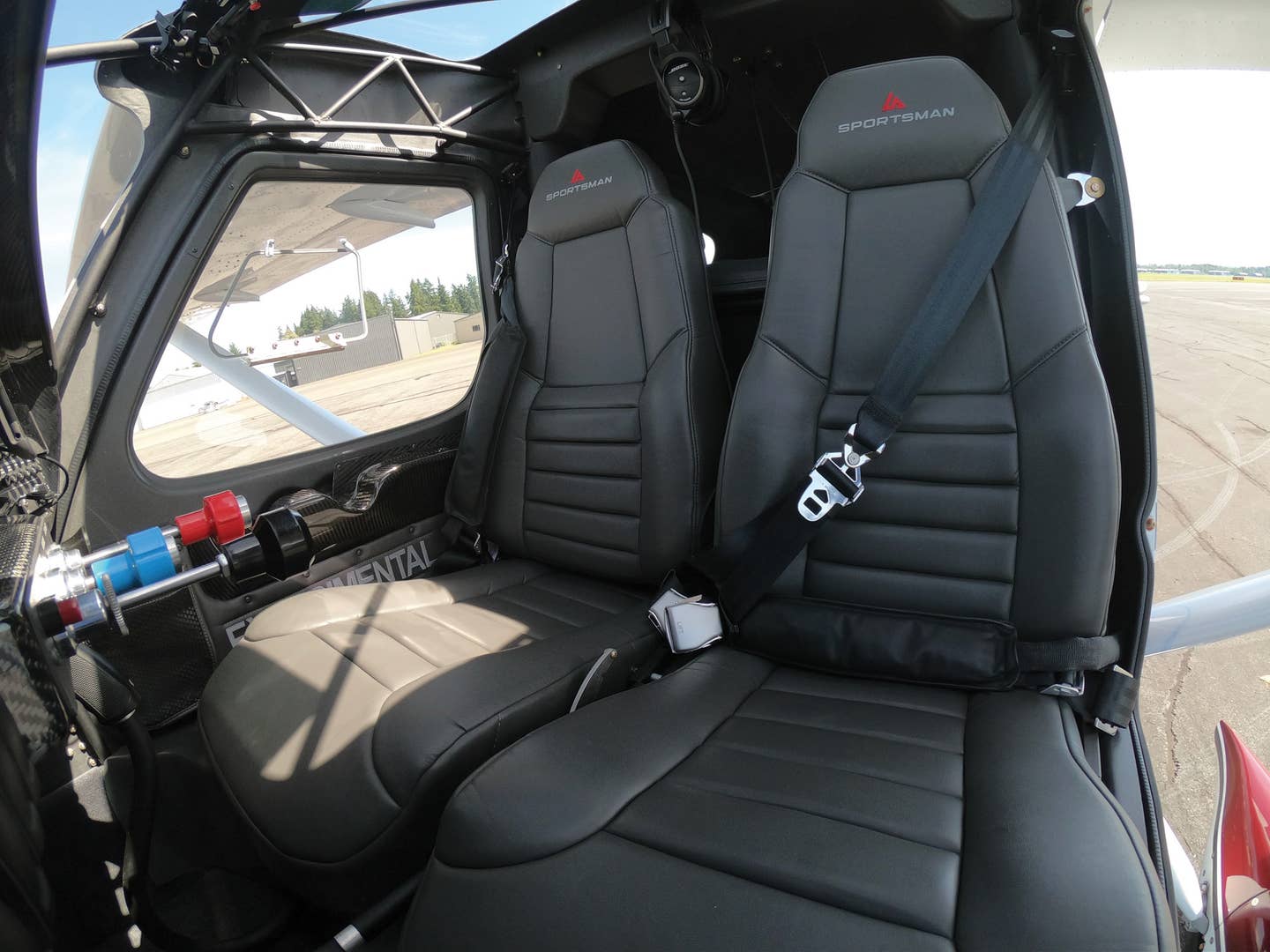NTSB Names Cause of Crash That Killed Troy Gentry
The death of Troy Gentry was caused by two simple errors, NTSB reports.
The September 8, 2017, helicopter crash that claimed the life of well-known country western music star Troy Gentry, half of the band known as Montgomery Gentry, and that of the pilot was caused by a basic airmanship error by the pilot and a mechanical error by the shop that had recently serviced the aircraft. The Schweizer 269C is a small, two-seat model powered by a 190-hp four-cylinder Lycoming piston engine. The flight that afternoon was a spur of the moment chance for Gentry to get a bird's eye view of the airport, where the band was to perform a concert later that evening.
Shortly after takeoff, the pilot of the Schweizer radioed that the throttle was unresponsive to his inputs, the NTSB said in its report. Despite being advised over the radio by experienced instructors on the ground, including an FAA-designated helicopter examiner, that he should perform a running landing instead of the other option, an autorotation, the pilot chose to cut the power and autorotate. An autorotation is a common maneuver practiced repeatedly in training in which the power is cut (or simulated being cut). The helicopter then comes down with the blades continue to turn under the power of the air rising through them as it descends. Only, that's not how it worked in this case.
Are you an aviation enthusiast or pilot?Sign up for our newsletter, full of tips, reviews and more!
The instructors on the ground advised the pilot, when he opted against their advice to do the autorotation, to not start the maneuver until he was over the runway. Instead, for reasons unknown, the pilot began the maneuver over a wooded area, according to the NTSB, between a quarter and a half mile away from the runway at less than a thousand feet agl. The result, the report found, was that the helicopter began to come down short of the runway into the wooded area and the pilot attempted to "extend the helicopter's glide by increasing collective pitch, an action that resulted in a decay of rotor rpm and an uncontrolled descent."
In its report the NTSB found that the probable cause(s) of the accident were:
The pilot's early entry into and failure to maintain rotor rpm during a forced landing autorotation after performing an engine shutdown in flight, which resulted in an uncontrolled descent. Contributing to the accident was the failure of maintenance personnel to properly rig the throttle control tie-rod assembly, which resulted in an in-flight separation of the assembly and rendered control of engine rpm impossible.
Gentry was 50 years old.

Subscribe to Our Newsletter
Get the latest Plane & Pilot Magazine stories delivered directly to your inbox






